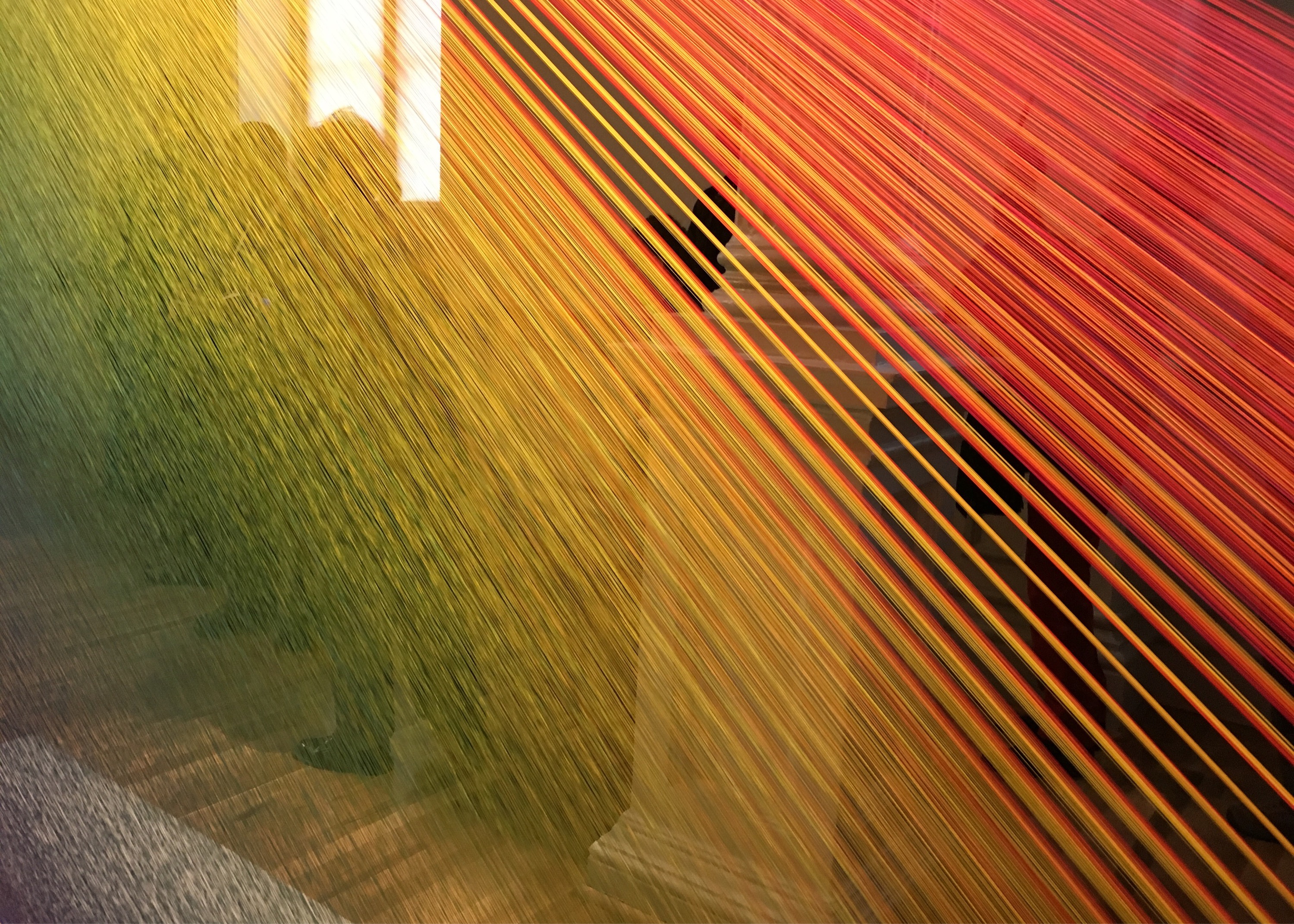

Starlight Express. Seattle, WA 1/690s at f/2.2, ISO 32
I have been asked countless times: “I want to learn more about photography, which camera should I buy?” People think their camera is stopping them—it’s not. If you want to learn, take more photos.
An ideal first camera should be simple to operate and constrained. I think you should have:
I carry such a camera in my pocket, everyday. My current phone, an iPhone 6s, has a camera with a 29mm equivalent focal length, and a fixed aperture1 of f/2.2.
Perhaps the answer isn’t a new camera, but one you already carry. You can learn a lot about photography from shooting with an iPhone.
Below are six areas of photography, with examples of what I’ve learned.
Color. White balance adjustment is automatic and iPhone nearly always nails color rendition. Here’s what a professional photographer had to say:
“…each gets fantastic color and auto white balance in real-world crummy lighting conditions.”
Excerpt from Fuji X100T Review
That’s from his review of the Fuji X100T, not the iPhone. In other words, the color from iPhone compares to a $1300, dedicated camera with a larger sensor and best-in-class color reproduction.
This unedited2 photo from iPhone speaks for itself.

Mirror Sunrise. Lake Royal, Virginia
Wide Angle. The 29mm focal length of the iPhone is classified as wide angle. These types of lenses are often used for landscapes, but can produce interesting photographs of close subjects, too.
You can take advantage of the inherent distortion to add fresh perspective on familiar scenery and portraits. Vanishing lines, such as those in the banner seen at the beginning of this post, are easily captured with the iPhone.

Capitol Perspective. Washington, DC instagram
Motion. iPhone has a fast, electronic shutter that can fire at 1/2000th of a second3. This shutter speed is best put to use with burst mode. Hold down on the shutter button and iPhone captures full resolution photos at a blazing 13fps4.
Combine fast shutter and high capture frame rate5 to freeze fast moving objects. For example, combine a child with water—the results can be seen below. I held down the shutter just as he ran for the sprinkler. Later, I selected the image when he was directly over the spray6.

In the Face! Campbell, CA instagram
Detail. iPhone fares well against cameras with much larger sensors and more megapixels. Courtesy of a custom Apple ISP, iPhone captures more detail than expected from a 1/3” sensor.
In the shot below, iPhone resolves individual strands of thread. The color of the combined effect resolves too, which creates an interesting texture as you look through the exhibit. There are so many technical elements that work in tandem for this image to resolve: (1) focus, (2) white balance, and (3) resolution. With iPhone, it was little more than point and shoot.

Rainbow at the Renwick. Washington, DC
Intimacy. There are two ways to make your subject fill the frame: (1) use a lens with a longer focal length, or (2) get closer. Pros will tell you to “compose with your feet” as way to become more connected with your compositions.
The position of your camera is paramount to perspective. iPhone is lightweight and inconspicuous, so your subjects won’t be afraid if you get close. Since I don’t raise the iPhone to my eye, I’m more likely to find a more interesting angle.
In the photo below, my son is squinting as he looks up, which helps you feel the cold. Head on, you wouldn’t see Thomas the Train Engine under his hood. Instead you have the perspective of a falling snowflake and enjoy the wonder of a little boy in the snow—with those adorable freckles7.

Echo 3 to Echo base. Fairfax, VA instagram
Development. When I got into the hobby, I read a lot of pros talking about headroom in their images. Unlike most other cameras, which provide access to RAW files, the iPhone only gives you jpegs. Fortunately, those jpegs have proven amenable to post-processing.
The social network, Instagram became popular by giving every iPhone photographer access to high quality color correction and film emulations. An entire cottage industry of apps with photographic filters was born. For a few bucks and a little bit of work, details and colors in your photos can pop. I’ve already mentioned my personal favorite, RNI Films. Other favorites include VSCO, Mextures, and Camera+.
With these apps, you can exaggerate color, add clarity, noise, grain, or remove color entirely. I generally err on moderation and try to avoid leaving my photos over-processed. Below I’ve exaggerated colors to bring out lines created by the setting sun on distant clouds. It’s not often you see an oncoming storm during sunset—it didn’t need much8 for the image to pop.

Storms at Sunset. Claremont, VA instagram
Most of these photos can be found on my Instagram account and I’ve provided links to each in the captions, where applicable. If you’re looking for more of the above, you’ll find a variety from goofy to well-considered.
Under extremely bright situations, the aperture can toggle between f/8 and f/2.2 ↩
I did crop the image, but I did not do any color boost, sharpening, or correction. At first, it appears there is banding in the reflection. However, those bands are merely ripples in the water. Stunning clarity. ↩
As best as I can tell. Most manual cameras don’t allow a shutter faster than 1/1000th of a second. However, I’ve seen shutter speeds approaching 1/2000th when looking at EXIF data from some of my photos. ↩
Frame rates estimated from this article in Macworld. ↩
For comparison, the latest Canon professional series DSLR, the 1D X Mark II, can only manage 14fps. It also weighs 3lbs and retails for $5,999USD. ↩
I deleted the rest. iPhone storage isn’t unlimited, after all. ↩
I typed “sprinkles” in an earlier draft, because that’s what he calls them. One day he’ll learn the word “freckles” and our fun will be over. Sigh. They grow up so fast. ↩
The grain you see in the image is the actual grain from the iPhone 5, plus the dust scratches from the Instagram filter Hudson. The newer version of Hudson doesn’t add these faux flourishes. The iPhone 5 wasn’t great in low light, compared to newer iPhones. Using Hudson was one way I would embrace the inevitable grain and give the image a film-like quality. ↩
About the Author
Rob Rhyne is an American designer, developer and writer. He founded MartianCraft, where his teams developed hundreds of applications for clients. He is a published author, and acclaimed public speaker. On occasion, he writes music and takes photographs.
© 2017 Rob Rhyne. All Rights Reserved. Made in California.